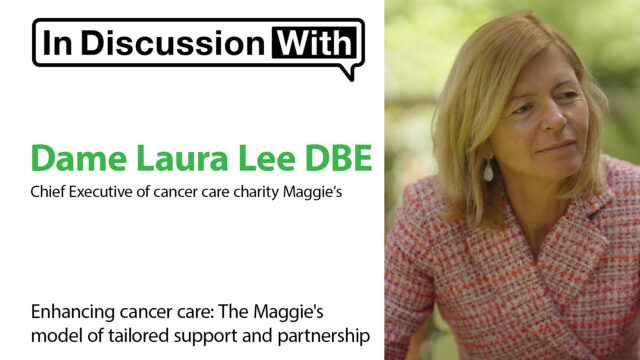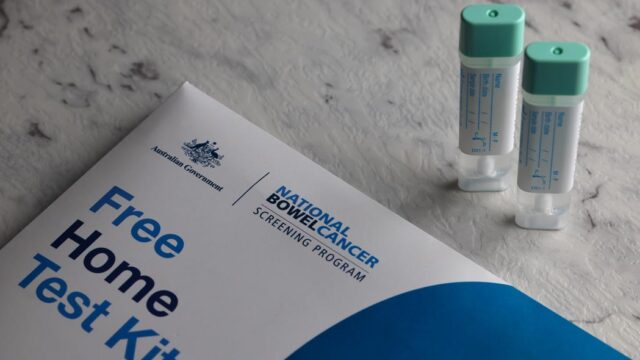Advertisment
Deprescribing – reactive and proactive

Debi Bhattacharya is Professor of Behavioural Medicine at the University of Leicester, UK. As a former primary care pharmacist, she has experience of both practice and research into deprescribing. IMI spoke to her to find out more about this topic.
Professor Bhattacharya leads a research team that focuses on applying behaviour change methods to improve health outcomes. The team works with a wide range of funding bodies and organisations to design and implement behaviour change strategies for patients and healthcare professionals. In addition, she is the director of Leicester’s independent prescribing course for pharmacists.
“Deprescribing is often thought of as a homogenous behaviour ……. but in 2018 we defined two distinct behaviours – …. ‘reactive’ and ‘proactive’ deprescribing”, she says. Reactive deprescribing is when a medicine is stopped in response to a clinical trigger, for example, stopping an ACE-inhibitor in response to acute kidney injury because the ACE-inhibitor will make that worse. This behaviour requires limited clinical decision making and also limited patient involvement because the action needs to be taken to prevent further harm, she explains. On the other hand, proactive deprescribing requires evaluation of the likelihood of future benefit versus future harm. “So, it’s a much more complex decision that absolutely has to be made in partnership with a patient”, she emphasises.
The need for deprescribing
“No-one sets out to prescribe a medicine that does more harm than good but what happens often is the balance of benefit and harm changes” as an individual ages, explains Professor Bhattacharya. For example, antihypertensive medication started in someone’s 40s may no longer be necessary when they reach their 80s and may even be harmful. It could increase the risk of dizziness and lead to a fall. Deprescribing in such circumstances, to prevent future harm, sounds straightforward but there are challenges, she cautions. An international survey of practitioners showed that “we’ve often introduced medicines to patients as being for life and so suddenly stopping them, particularly later in someone’s life, can be quite alarming for them. You know, ……. a feeling that we’re de-investing in them rather than making a positive decision to improve their quality of life”, she explains. “It’s definitely a much more difficult thing to do”, she adds.
In addition, according to focus groups held with NHS Hospital doctors and pharmacists, prescribing pathways, such as those produced by The National Institute for Health and Care Excellence (NICE), emphasise situations when medicines should be started but not when or how to stop medicines.
It is also important to involve the patient in decision-making because it involves balancing of patient priorities with prescribing guidelines and clinical judgment. This all takes time which is a significant challenge to describing, she acknowledges.
Read and watch the full series on our website or on YouTube.









